☆ HADALY VILLASCLARAS ☆
Canvas Still-life, 2020
Tablecloth /Mantel: Oil on canvas. /Óleo sobre lienzo. 200 x 180 cm.
Flowers /Flores: Recycled canvas, paper, wire. /Restos de lienzo, papel, alambre. Medidas variables.
Vase /Jarrón: Polimeric clay, glaze. /Arcilla polimérica, resina, barniz. 20 x 7 x 7 cm. Dimensions Variable. /Medidas variables.
Lock & key /Candado y llave: Polimeric clay, epoxy, glaze /Arcilla polimérica, epoxy, esmaltes. Dimensions Variable. /Medidas variables.
☆ ☆ ☆ ☆ ☆ ☆ ☆ ☆ ☆ ☆ ☆ ☆ ☆ ☆ ☆ ☆ ☆ ☆ ☆ ☆ ☆ ☆ ☆
Exhibition views / Vistas de exposición.
I lost a picture I had saved (2020). Factoria de Arte y Desarrollo, Madrid.
And now it's too late to find a place to hide, 2020.
Oil on canvas, ribbons, polimeric clay, diary, locks and shelf.
/Óleo sobre lienzo, lazos, arcilla polimérica, diario, candados y balda.
90 x 115 cm.
Deep cuts, 2020.
Glazed razor blades. /Cuchillas esmaltadas.
Dimensions Variable. / Medidas variables.
I lost a picture I had saved (II, III, IV, V, VI & VII), 2019-2020
Oil on canvas & ribbons. /Óleo sobre lienzo y lazos.
40 x 50 cm.
Exhibition view / Vista de exposición.
I lost a picture I had saved (2020). Factoria de Arte y Desarrollo, Madrid.
Exhibition views / Vistas de exposición.
I lost a picture I had saved (2020). Factoria de Arte y Desarrollo, Madrid.
No more images today (2020), Facts (2020)
A painting (2020), Mistery canvas box (2020).
Digital print / Impresión digital.
25 x 25 cm.
Exhibition view / Vista de exposición.
I lost a picture I had saved (2020). Factoria de Arte y Desarrollo, Madrid.
Shhh, 2020.
Diary & locks. /Diario y candados.
23 x 15 cm.



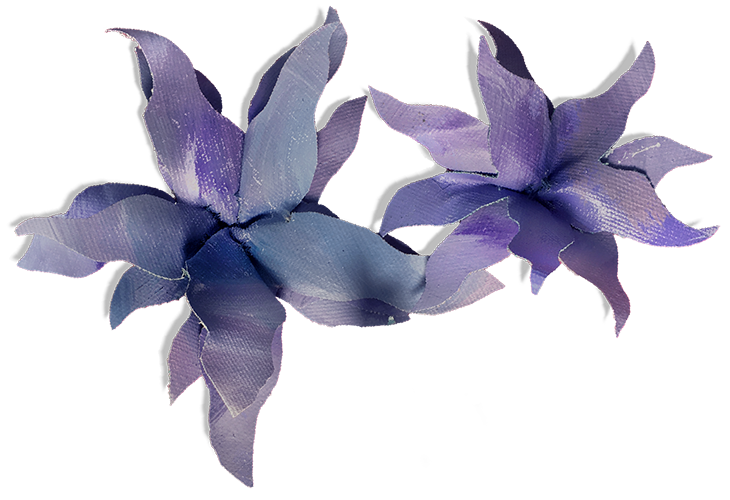






ES
I LOST A PICTURE I HAD SAVED es un proyecto sobre querer y no querer ser visible.
El hilo conductor de las obras que lo conforman es una imagen ausente, recreada a través de distintas piezas que toman forma de mobiliario y objetos propios del ámbito doméstico -o que se camuflan en ellos-. Con estos elementos, se teatraliza el espacio para remitir a un entorno privado, íntimo, en cuyo ambiente ficticio se involucra al espectador a seguir un hilo narrativo sobre el misterio de esta imagen no-visible. Se propone así una reflexión sobre la ilusión de privacidad en el espacio doméstico, y sobre las contradicciones que se encuentran al plantear formas de escapar del régimen de visibilidad en el que vivimos.
Bajo este pretexto, las obras han sido creadas siguiendo una serie de estrategias plásticas cuyos objetivos han sido la negación de la imagen; truncar o trolear distintos dispositivos de representación o presentación de la misma; y el uso de motivos alegóricos sobre la condición del acceso a lo visible y la sobreexposición desde las que se somete y afecta al sujeto contemporáneo.
La pintura, y más concretamente, el objeto cuadro, ha sido el eje vertebrador de todo el proyecto, siendo abordado no sólo a través de sus posibilidades plásticas –convirtiendo el lienzo en cortinas, mantel para una mesa o en pétalos de flores–, sino también, atendiendo a sus códigos retóricos e intertextuales; apelando a la histórica noción del cuadro como ventana; y vinculándolo a otros formatos y estrategias apropiadas del arte conceptual tradicional y el meme –como la autorreferencialidad y el humor absurdo–.
EN
I LOST A PICTURE I HAD SAVED is a project about wanting and not wanting to be seen.
The common threat in these artworks is an absent image, recreated with different pieces taking the form of furniture and other objects found in a domestic sphere -or camouflaged among them-. These elements help to dramatize the room to simulate a space of privacy, creating a fictitious setting where the viewer is involved to follow a narrative threat about the mystery of this non-visible picture. This way, the project focuses on the illusion of privacy in the domestic space and on the contradictions found when proposing ways to escape the regime of visibility we live in.
Under this pretext, the artworks have been created by using different visual strategies in order to negate the image; trolling different devices of representation or presentation thereof; and creating allegorical motifs about the condition of the access to the visible and the overexposure from which the contemporary subject is affected.
The painting, and more specifically, the painting-object, has been the driving force of the entire project. It has been approached not only through its visual possibilities –turning the canvas into curtains, a tablecloth or flowers petals–, but also attending to its rhetorical and intertextual codes; appealing to the historical notion of the painting as a window and linking it to other formats and strategies of traditional conceptual art and memes –such as self-reference and surreal humour–.




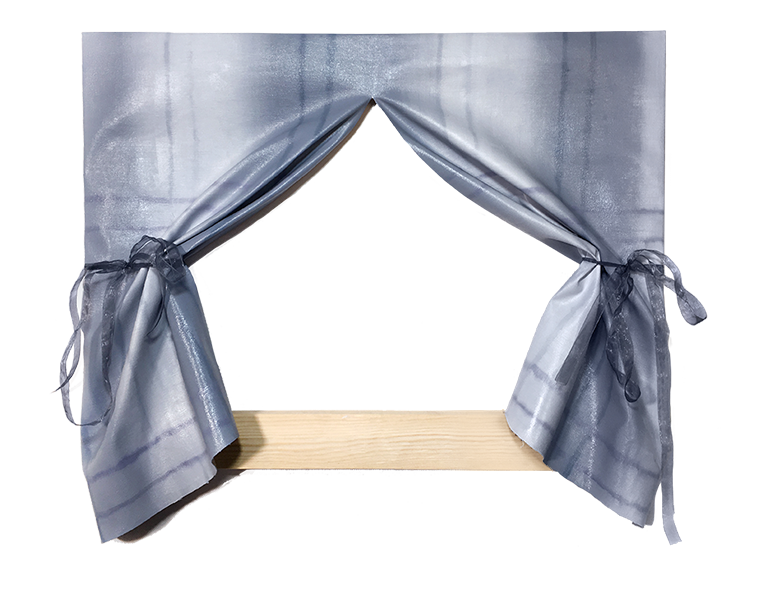
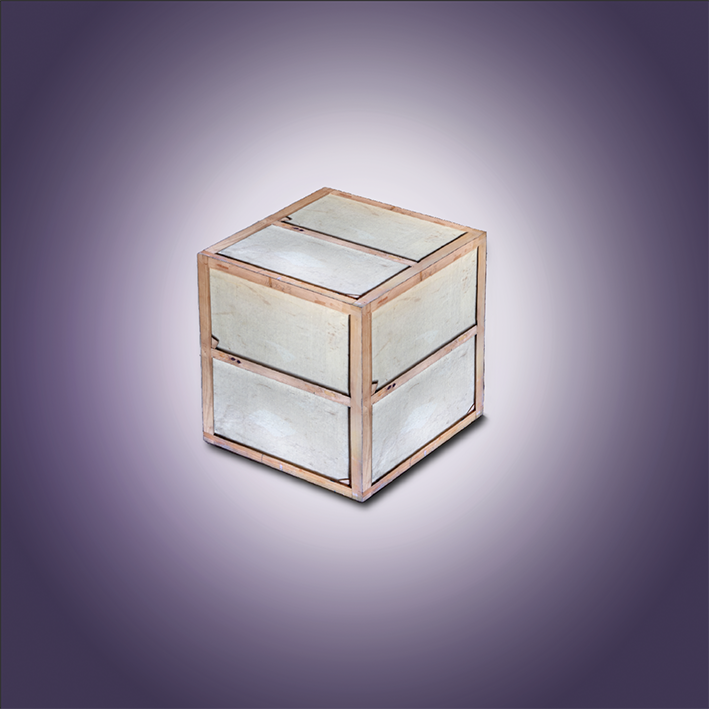
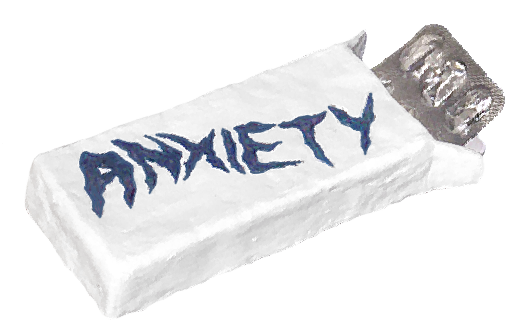
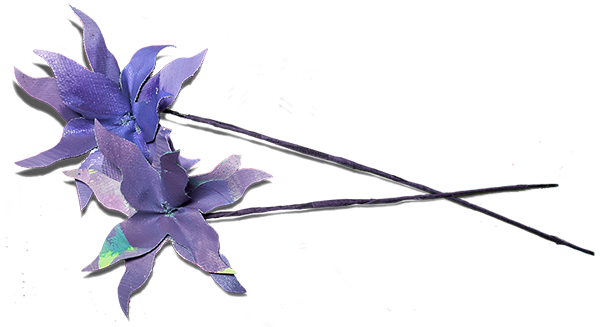
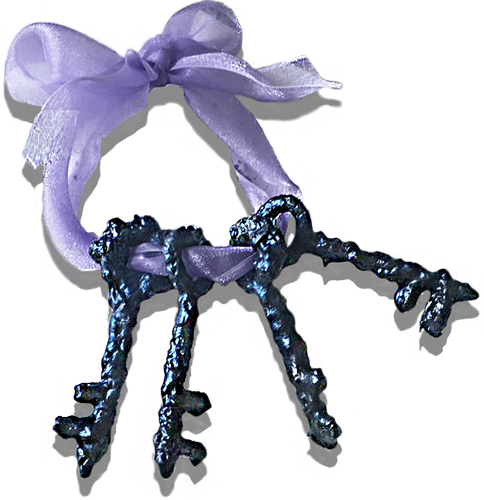





Una contradicción (A contradiction), 2020.
Digital print / Impresión digital.
25 x 25 cm.
+info